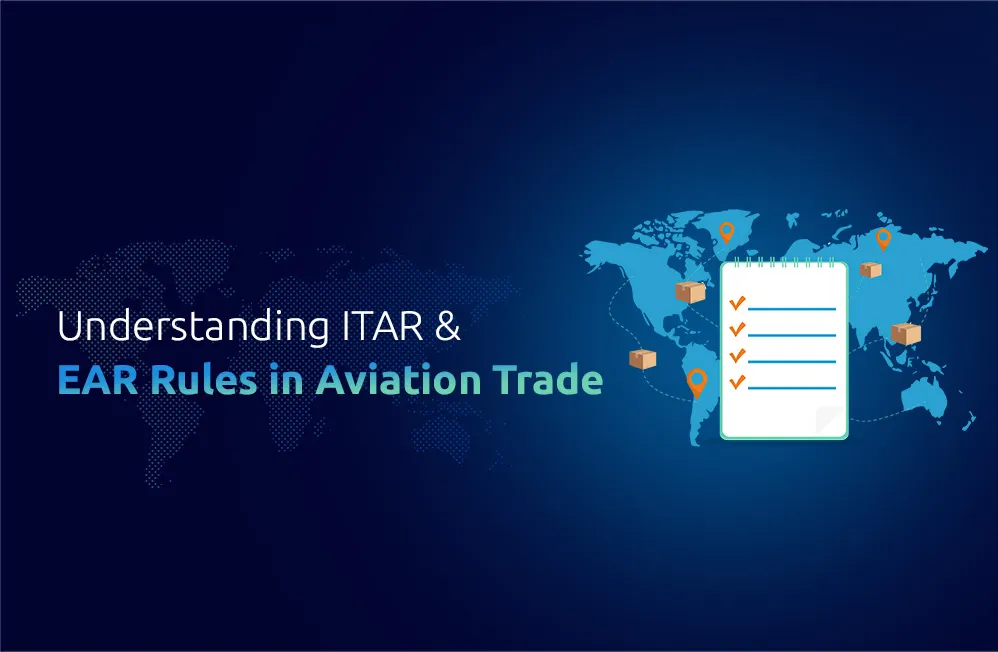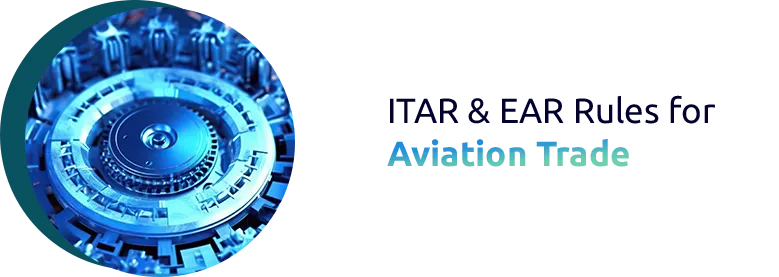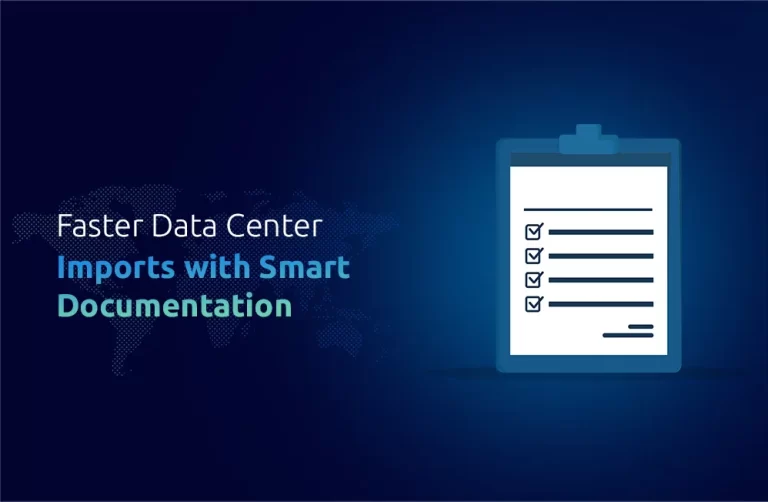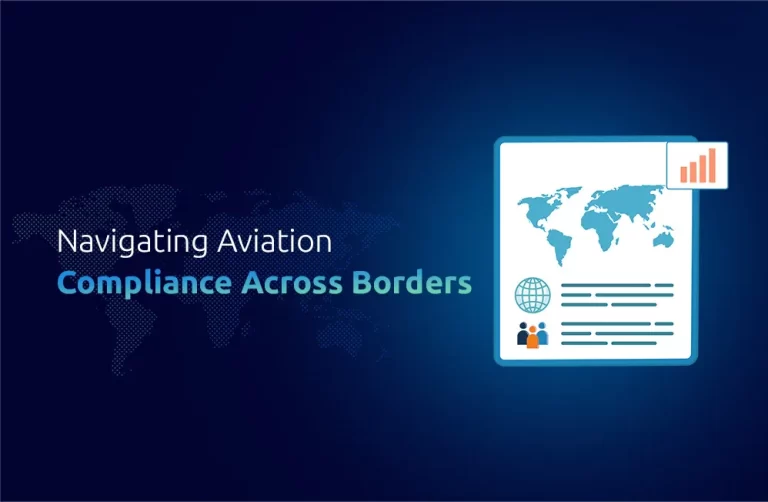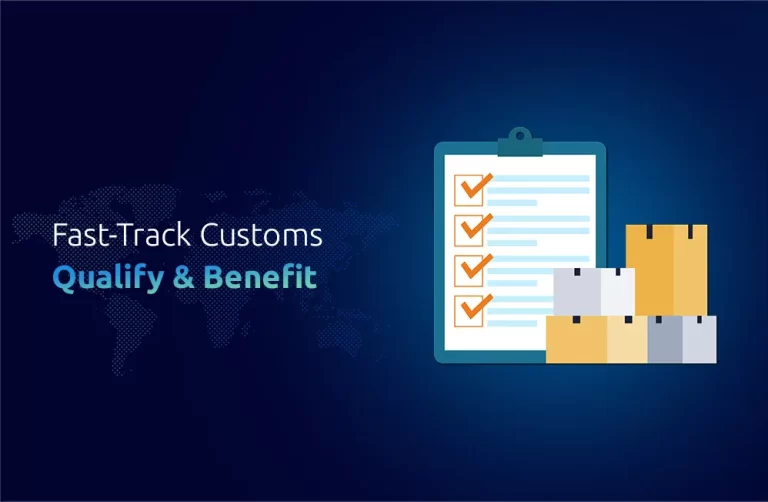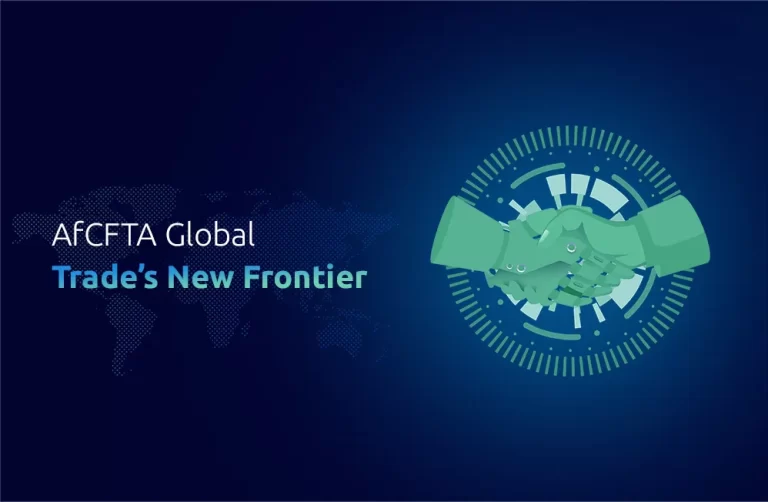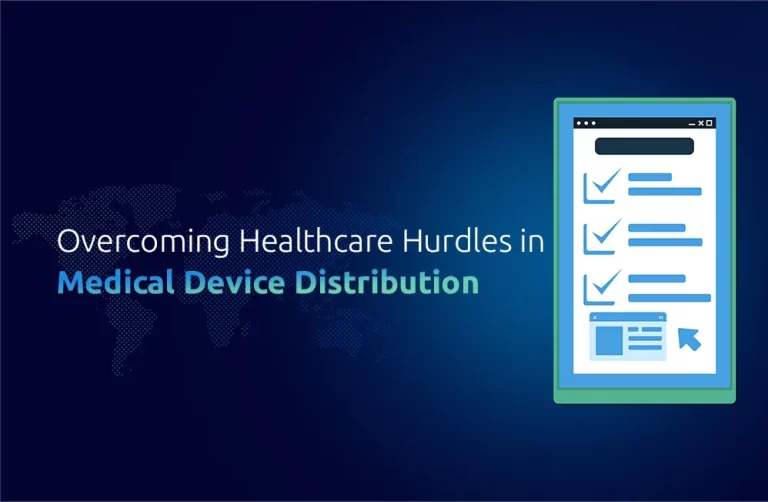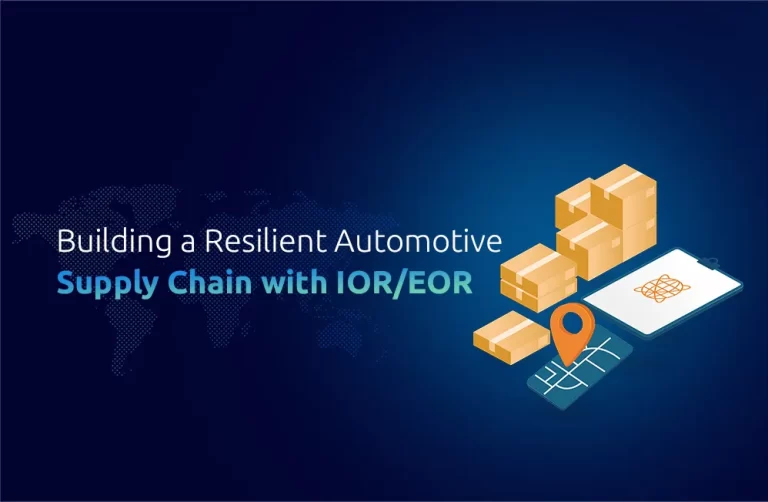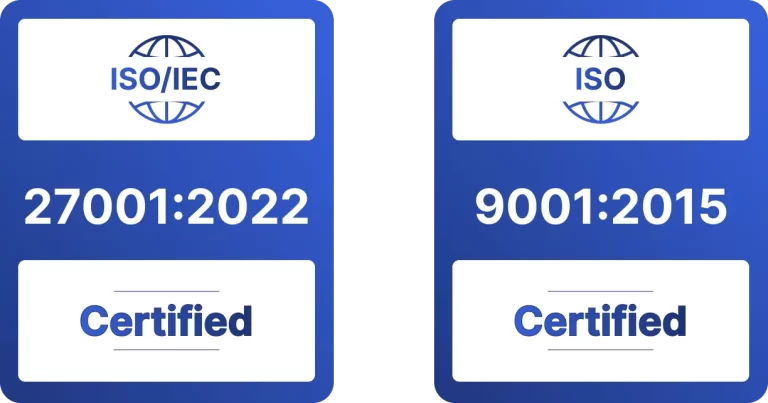Insight
The global aviation component trading business needs companies to understand and fulfill U.S. export control laws. The U.S. government has established two main export controls for sensitive goods and technologies: the International Traffic in Arms Regulations (ITAR) & the Export Administration Regulations (EAR). The federal export regulations protect national interests through controls over aviation components, along with military and strategic items and technology for foreign policy security purposes. The following blog will break down these regulations and their effects on aviation component trading operations while presenting mandatory requirements for corporate compliance.
What are ITAR and EAR?
ITAR was the regulatory authority manned by the Department of State that administers the International Traffic in Arms Regulations. The regulations manage defense-related exports and services in the U.S. Munitions List (USML). The U.S. regulation called ITAR protects various goods through its scope, including aviation parts and military systems, and equipment with military use capabilities. All international trade companies handling such components under ITAR law must fulfill their detailed licensing conditions.
Export Administration Regulations (EAR) fall under the authority of enforcement by the U.S. Department of Commerce. The EAR handles the export of commercial goods, services, and technologies that possess both military applications and civilian capabilities. The Commerce Control List includes aviation components, computer technologies, and telecommunications equipment, which the EAR protects because military operations might employ them.
All businesses operating in aviation component trading need to fully comprehend the regulatory differences between the ATA Endorsement under ITAR and the Commerce Control List under EAR. The export and safeguard framework of ITAR maintains control over products of a military nature. Still, EAR monitors dual-purpose technologies that serve both military and civilian sectors.
How ITAR & EAR Affect Aviation Component Trading
Companies dealing with aviation component trading operations must overcome challenges between ITAR and EAR regulations. The licensing procedures to trade components under EAR and ITAR differ widely depending on the classification of the component type.
International shipments require mandatory export licenses if a component exists on the USML under ITAR regulations. At the same time, the export process becomes complicated through stringent requirements. Receiving licenses for ITAR-controlled goods requires extensive paperwork submission when businesses must disclose complete information about end-users and intended end-uses of their components. The export process for defense-related goods under ITAR regulations requires a detailed evaluation of potential buyers because the regulations forbid specific countries and organizations, and certain individuals from acquiring these goods.
ITAR vs. EAR: How to Identify Which Regulations Apply
Regulating these laws requires users to establish whether their aviation elements align with ITAR or EAR requirements. Military aircraft parts and their components usually come under the scope of ITAR. The Export Administration Regulations apply to goods with civilian origins but dual military applications, such as avionics equipment, radar systems, and particular communication technologies. Companies wishing to determine ITAR or EAR coverage of their products should first examine the USML and the CCL. An item present on the USML will fall under the ITAR regulations, and an item found on CCL will be controlled by EAR. A Commodity Jurisdiction determination request from the Department of State enables businesses to obtain precise categorization when items do not appear on either regulatory list.
The Role of Licensing in International Trade
All aviation components need suitable export licenses for trading purposes under ITAR or EAR regulations. Exporting controlled components internationally demands prior license approval from exporters under the ITAR and EAR regulatory frameworks. To obtain export licenses for ITAR-controlled goods, the Directorate of Defense Trade Controls / DDTC, which sits under the U.S. Department of State, manages the complete process.
The licensing process demands detailed documentation about the component and the buyer’s information, and an End-User Certificate that ensures the buyer will refrain from using the component for unauthorized purposes. The Bureau of Industry & Security within the U.S. Department of Commerce regulates the licensing procedure for EAR-controlled goods. High-tech or sensitive EAR-controlled equipment might necessitate a license. Yet, the licensing process normally remains straightforward for such components. The EAR contains multiple simplified licensing provisions that help simplify the licensing requirements.
Conclusion
International aviation component trading includes the following complex ITAR and EAR regulations, which are mandatory requirements for businesses operating successfully across borders. Global market success demands that businesses comprehend the distinctions between ITAR and EAR regulations while completing complete diligence work and maintaining proper licensing standards to prevent expensive penalties. The experts at One Union Solutions assist businesses in handling export control laws through specialized support for regulatory compliance in their international trading operations.
Did You Know,
The U.S. Bureau of Industry & Security points out in their report that the total financial consequences from export control law violations involving ITAR and EAR crossed billions of dollars over the previous decade. The U.S. government issued penalties for more than $300 million in export regulation breaches in 2020.
FAQs:
What distinguishes ITAR from EAR?
ITAR regulates defense-related equipment and services, but EAR controls equipment with military and civilian applications.
When exporting ITAR or EAR-restricted components, do I require a license?
Exporting components requires a license under ITAR and EAR. Still, particular exception rules apply based on the item type and destination country.
Which process should I use to determine whether aviation components fall under ITAR or EAR regulations?
You should examine the USML for ITAR and the CCL for EAR to determine compliance regulations. The Commodity Jurisdiction (CJ) determination system offers help for clarifying matters you need clarification about.
What happens to users who violate ITAR and EAR regulations?
Noncompliance with regulatory requirements leads to substantial monetary penalties and elimination of export chances, and criminal charges.
What precise information does the End-User Certificate (EUC) contain?
Under ITAR regulations, an EUC is a required document that validates an exported components end-user with its specific usage to prevent unauthorized diversion.

